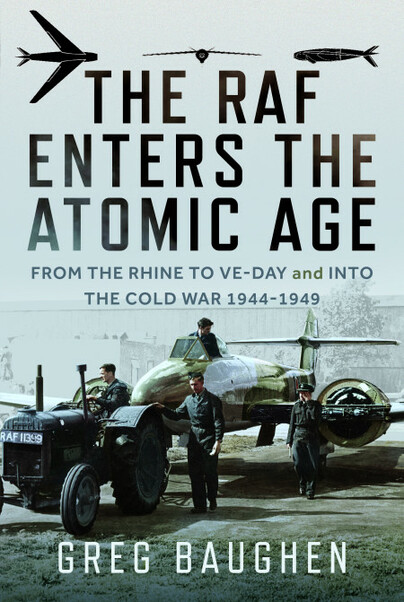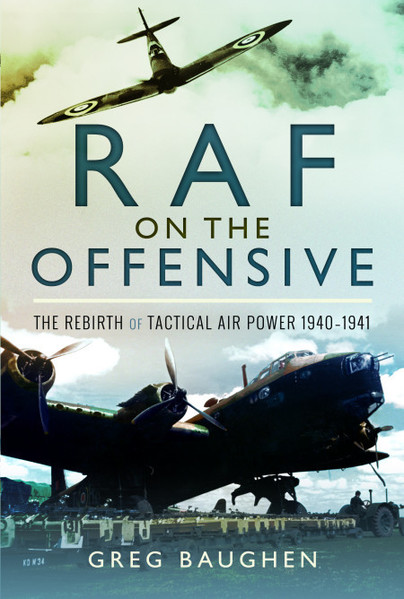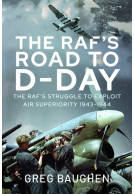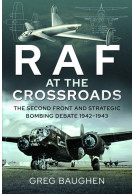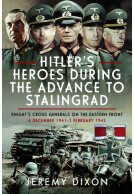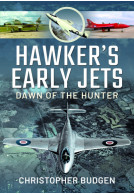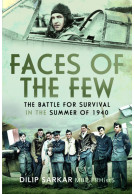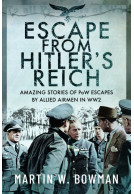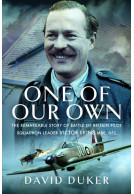The RAF Enters the Atomic Age (Hardback)
From the Rhine to VE-Day and into the Cold War, 1944-1949
Imprint: Air World
Pages: 336
Illustrations: 32 mono illustrations
ISBN: 9781036123642
Published: 25th March 2025
(click here for international delivery rates)
Order within the next 5 hours, 47 minutes to get your order processed the next working day!
Need a currency converter? Check XE.com for live rates
By September 1944 the Western Allies had reached the approximate positions they had held back in September 1939 at the outbreak of war. It had taken more than four years to claw back the territory lost in 1940. It was four years in which the strategic bomber had failed to deliver the victory the bomber advocates had promised. With Allied armies converging on Germany from all directions, they were running out of time to prove that countries could be bombed into defeat.
Baughen describes the fierce battles that were fought right up to the German surrender in May 1945. He also explores the equally fierce debates behind the scenes about how air power should be used to complete the Allied victory, and analyses the lessons learned from six years of war.
Even before Germany’s surrender, thoughts were turning to the new enemy. The wartime alliance between Communist East and Capitalist West had always been one of convenience. Within weeks of the German surrender hostilities between the wartime allies were already a possibility. The seeds for post-war defence policy were already being sown.
Meanwhile, in the Far East Hiroshima and Nagasaki had become the victims of the first atomic bombs. Days later Japan surrendered. The bomber advocates appeared to have the proof that bombing could win wars. But how related were the two events?
Using contemporary documents, Baughen describes how British air policy evolved in the late 1940s. Would the atomic bomb change the way wars were fought? Would conventional armies have any role in future wars? In the new atomic age, were there any lessons to be learned from the Second World War? How would the emerging cruise and ballistic missiles and associated guidance systems affect defence policy? Was a conventional defence to Soviet aggression possible?
This is the story of the contribution air power made in the final battles of the Second World War, how the lessons of that conflict were misinterpreted and how the policies developed to incorporate the atomic bomb into Cold War defence thinking was leading the country into grave danger.
There are no reviews for this book. Register or Login now and you can be the first to post a review!
About Greg Baughen
GREG BAUGHEN was educated at Sussex University where he obtained a degree in Mathematics. In a varied teaching career, he has taught Maths and English as a foreign language, to children and adults, in Britain and abroad. His interest in military aviation was sparked at a very early age by curiosity over the defeat of British and French air forces in the Battle of France in 1940. For forty years, he has delved though public archives in Britain and France seeking explanations. The quest has taken him back to the origins of air power in both countries and forwards to what might have been in the Cold War. He then set to work writing a history of air power in both countries.
RAF On the Offensive The Rebirth of Tactical Air Power 1940–1941 (Hardback)
Long before the start of the Second World War it had been believed that strategic bombing would be the deciding factor in any future conflict. Then Hitler launched the Blitzkrieg upon France and the Low Countries in 1940, and the much-vaunted French Army and the British Expeditionary Force were swept away in just six weeks. This new form of warfare shook the Air Ministry, but the expected invasion never came and the Battle of Britain was fought in the air. It seemed that air forces operating independently could determine the course of the war. An Army scarcely seemed necessary for the defence…
By Greg BaughenClick here to buy both titles for £45.00







